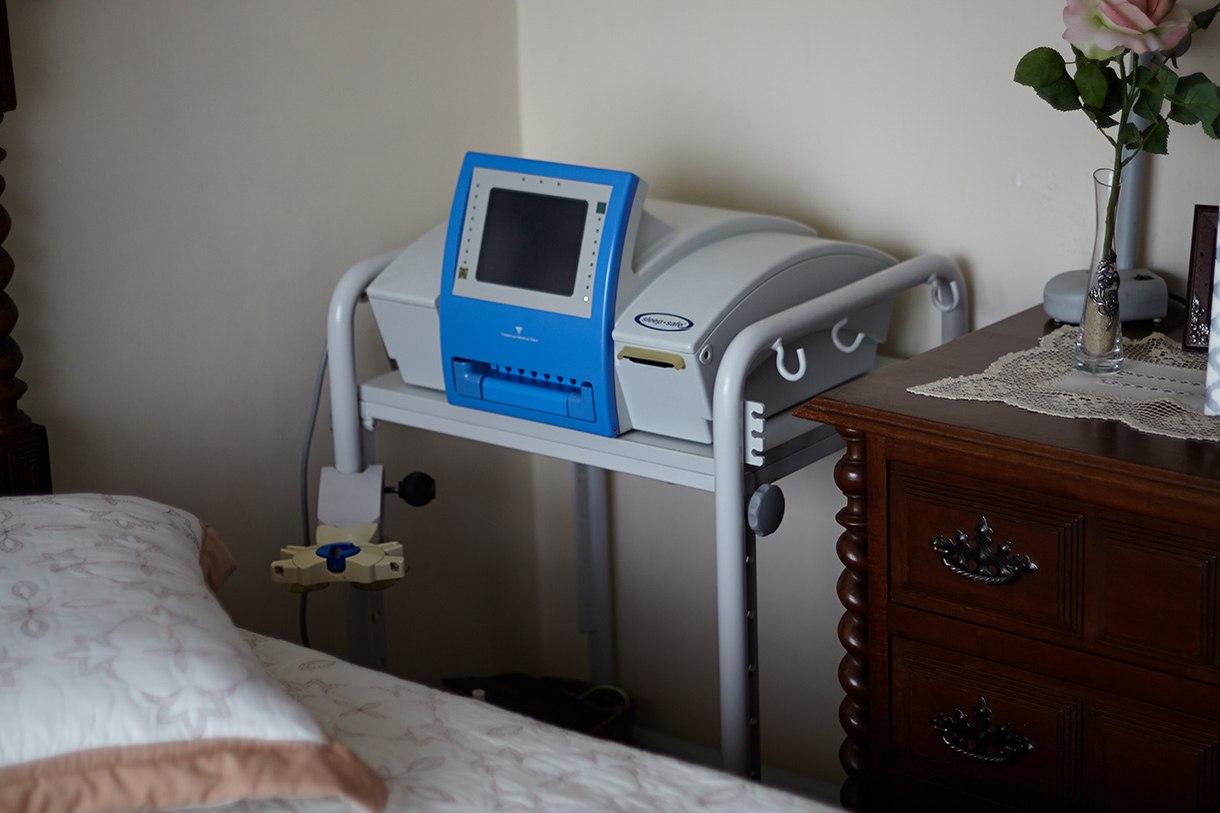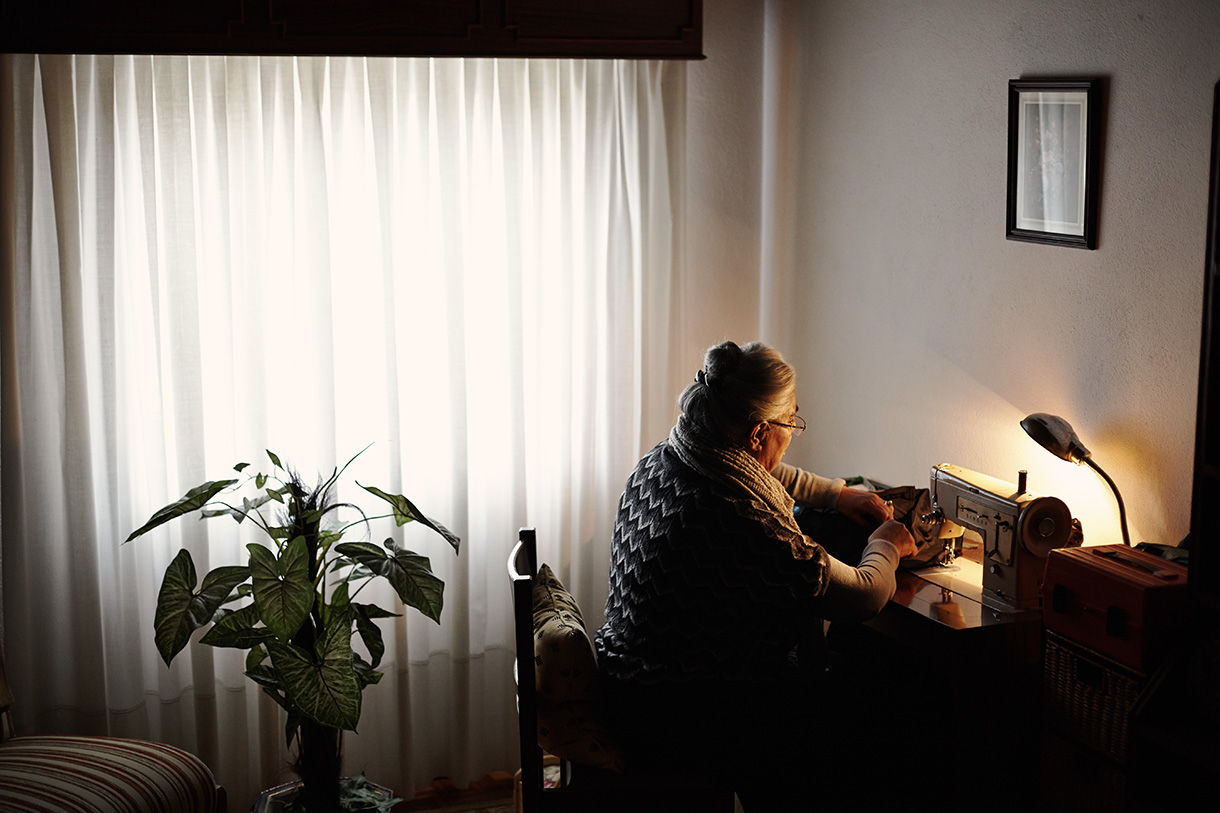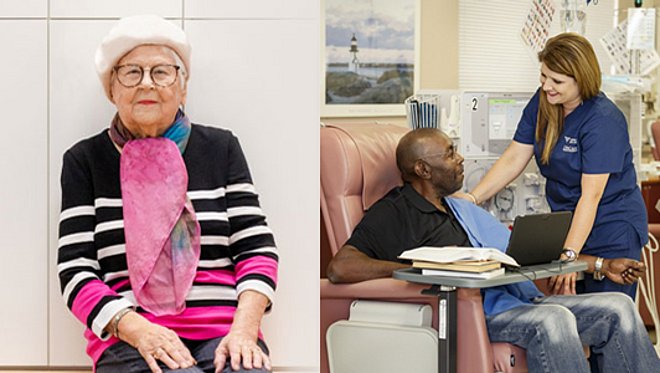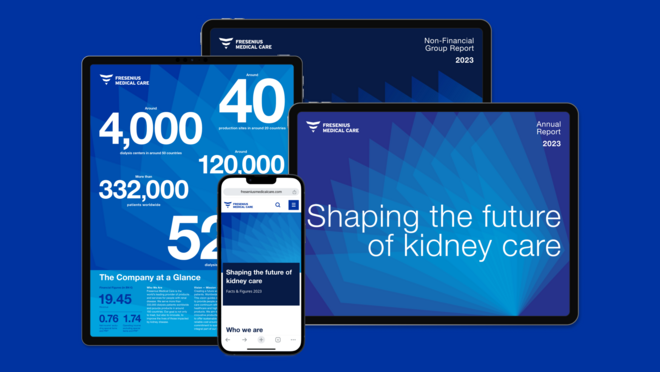Dialysis in a familiar environment

Automated peritoneal dialysis treatment at home
Long before Liberta Brandão needed renal replacement therapy, she already associated the word dialysis with dread and a particular burden. Her sister had been a dialysis patient for a long time, before receiving a kidney transplant. “After treatment in the clinic, she felt unwell and was always frustrated at the time,” she recalls. When Liberta Brandão found out six years ago that she, too, was in need of such treatment, she was devastated. When presented with her options, she chose peritoneal dialysis – partly to avoid having to go to a clinic for treatment.

What counts is family
“I am always busy, always doing something,” Liberta Brandão describes herself. She mostly enjoys looking after her family. At the weekend, she often has both her sons with their wives and children over to visit. Then she cooks for everyone and indulges her three grandchildren in particular. “The only thing I want out of life is to stay healthy enough so that I can keep looking after my family,” she says. Especially her husband gives her a lot of support, to whom she has been married for more than 50 years. Even though he himself is ill and has been through chemotherapy, he helps her as best he can. Above all, he is her right-hand man for dialysis.

Peritoneal dialysis treatment while you sleep
After being treated for a year with manual peritoneal dialysis, Liberta Brandão changed to automated peritoneal dialysis. With this form of treatment, a special machine called a cycler changes the dialysis solution. It means that patients no longer need to deal with different bags. In addition to lowering the risk of infection, automated peritoneal dialysis has an extremely practical advantage: Patients can undergo treatment during the night while they sleep. “I was only able to choose this type of dialysis because my husband is always by my side,” she concedes. He has found out all about the technology, learned how to operate the cycler, and now monitors it. Although Liberta Brandão has to dialyze twice during the day in addition to this nighttime session, it is still a distinct advantage compared to manual peritoneal dialysis, which she had to carry out every four hours.

Daily life and no restrictions
For Liberta Brandão, the longer breaks between treatments are important. They give her the freedom she needs to do her household chores and pursue her hobbies. “Today, I can do everything I used to do before, just a little slower,” she says, summing up her life with dialysis.

